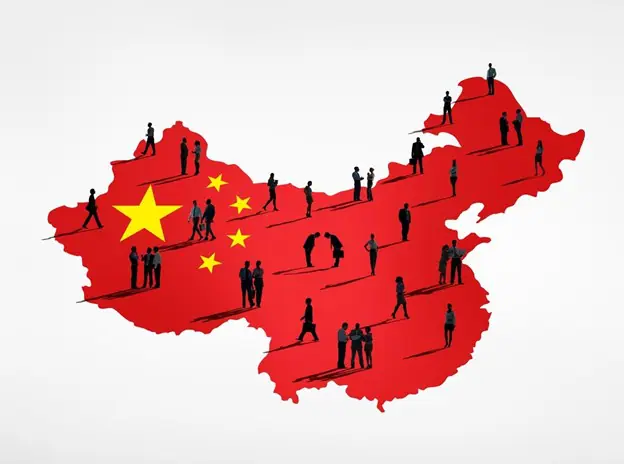China’s move to tighten control over rare earth exports was meant to show strength, and in many ways, it did. It sent a jolt through the global auto and tech supply chains, triggered panic buying, and even pushed President Trump back to the negotiating table.
But while the geopolitical message was loud and clear, back home, the reality isn’t so glorious. Chinese magnet makers, many of them small to mid-sized businesses, are paying the price for Beijing’s power play.
Here’s the kicker: While China dominates the global supply of rare earth magnets (producing over 90% of them), its own domestic producers are now in a bind. The rare earth export curbs, introduced in April 2025 as retaliation against U.S. tariffs, have not only slashed international sales, but they’ve also collided with a sluggish Chinese economy and cooling demand in the EV market.
Rare earth elements are critical for everything from electric vehicles to wind turbines to smartphones. But even dominant suppliers have to answer to market forces. After Beijing pulled the trigger on export restrictions this spring, global magnet exports plunged 75% in just two months. That’s not just a drop; it’s a free fall.
The result? Auto manufacturers abroad paused production. Revenue projections tanked. Magnet producers, especially the publicly listed ones like Baotou Tianhe Magnetics and Yantai Zhenghai Magnetics, started sounding alarms. And even with a U.S.-China deal on the table (announced June 27), the damage is already done, and a quick rebound is far from guaranteed.
According to data from Reuters and filings by major producers, exports made up as much as 50% of total revenue for some magnet manufacturers in 2024. Now? Many of those same companies are cutting production by up to 15%, stacking up unsold inventory in warehouses, and facing increasing pressure from both crumbling international demand and a weakened local market.
“Their sales are now being squeezed from both ends – disrupted exports and flagging domestic demand,” said Ellie Saklatvala of Argus Media.
And let’s not forget the growing price war in China’s EV sector, one of the biggest consumers of rare earth magnets. Automakers are demanding steep discounts from suppliers, tightening the noose even further.
While some companies like Yantai Zhenghai Magnetics claim they’ve received export licenses and resumed operations, the bureaucratic headache involved in securing these approvals is massive. Sources told Reuters that many cargoes are now sitting idle, highly customized and unsellable locally, while producers wait for licenses and paperwork to clear.
This red tape isn’t just a short-term hiccup. Experts like David Abraham from Boise State University argue it’s a permanent shift in the way China manages its critical minerals, and it comes with long-term costs.
“In some sense, there’s no going back,” Abraham said.
“The large amounts of information required by export license authorities will add delays and costs.”
With hundreds of magnet manufacturers in China, many of them small and vulnerable, this squeeze could trigger a wave of industry consolidation. While that might be painful in the short term, some observers suggest Beijing wouldn’t necessarily mind. Fewer, bigger players mean more control and better tracking of where materials go.
China’s export controls were designed to make a geopolitical statement. But in the process, they’ve exposed how intertwined business and politics really are, and how quickly a bold move on the world stage can create blowback at home.



